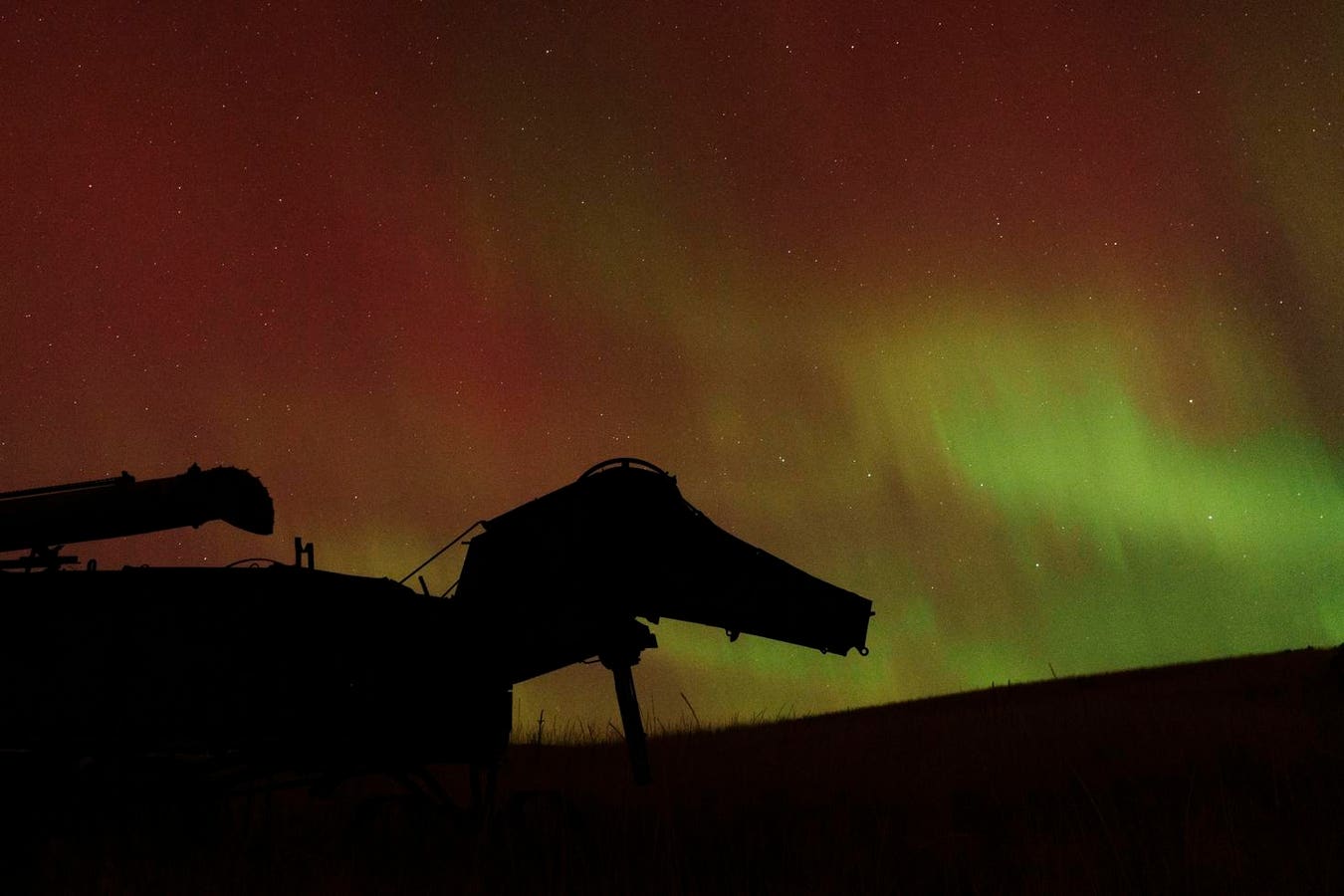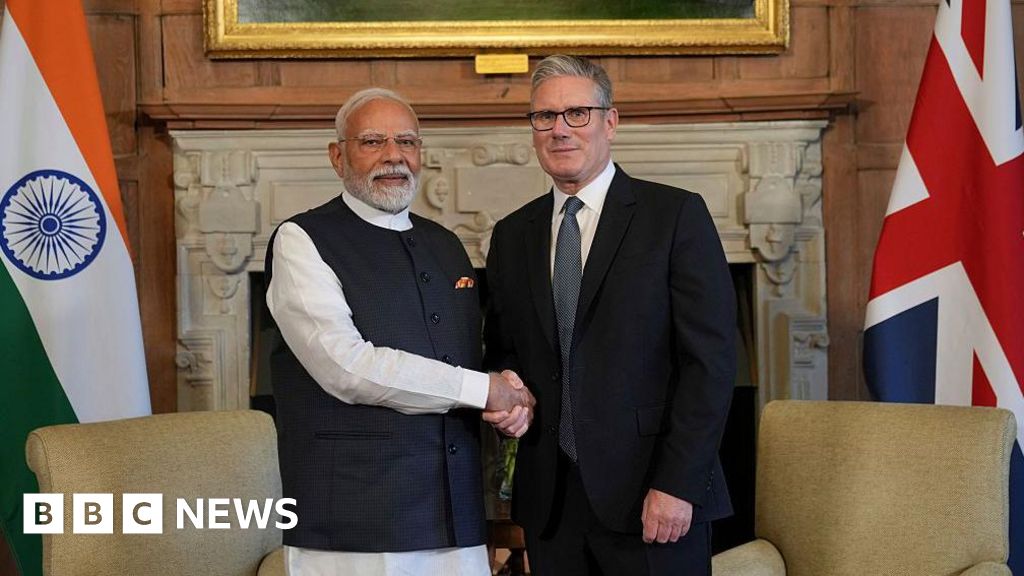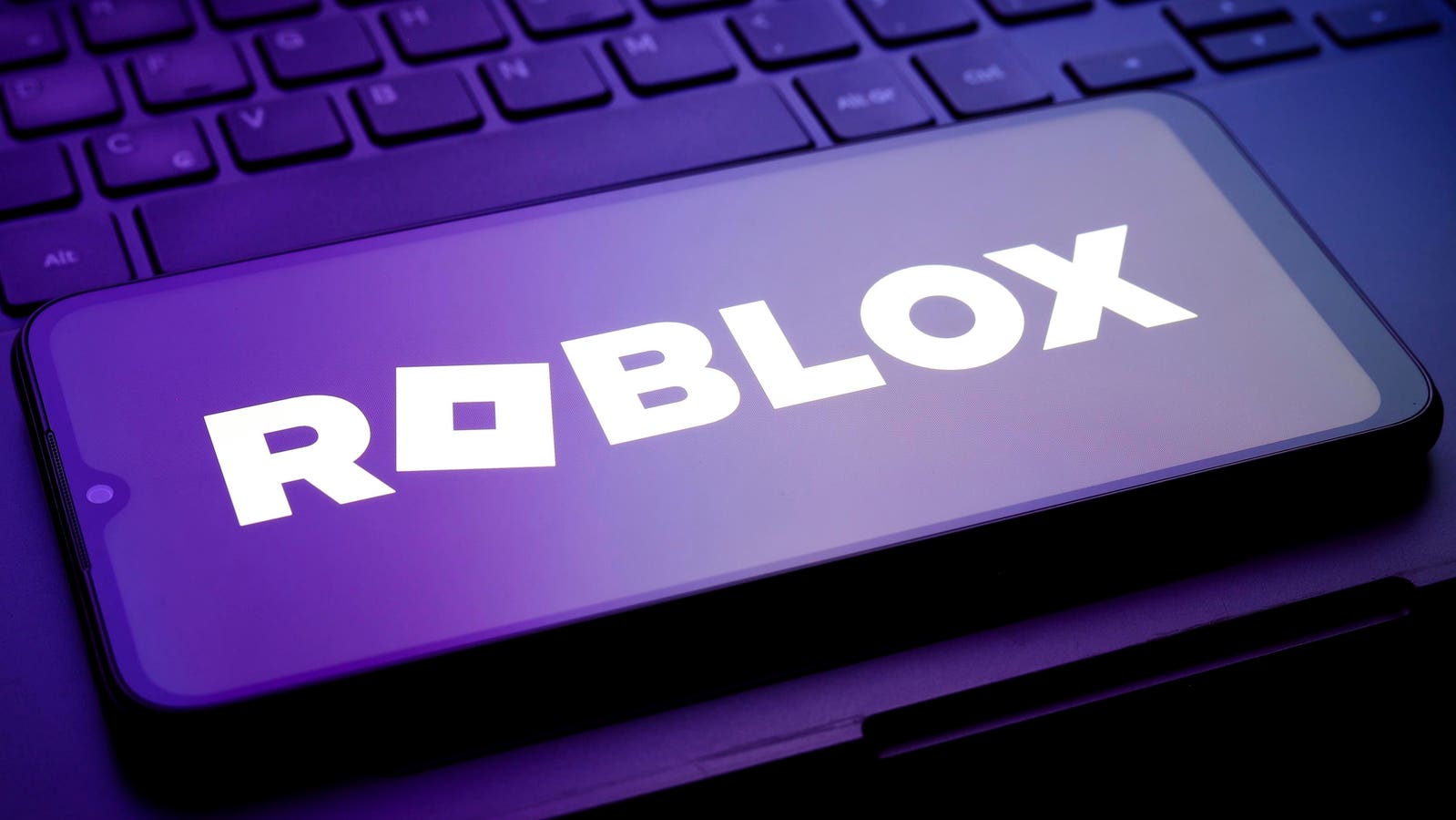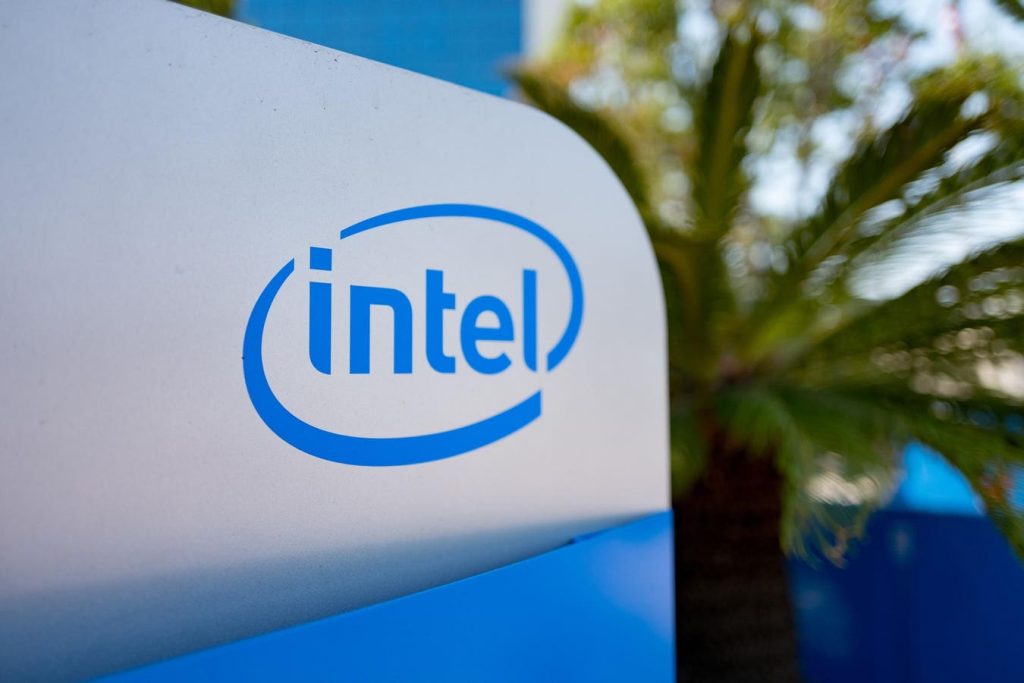Topline
The northern lights could make an appearance in eight northern U.S. states Thursday night, according to the National Oceanic and Atmospheric Administration, ahead of an expected much weaker auroral showing Friday night.
The northern lights have a small chance at showing in eight U.S. states. (AP Photo/Ted S. Warren)
Copyright 2023 The Associated Press. All rights reserved.
Key Facts
NOAA issued a Kp index of three for Thursday, meaning potential aurora borealis viewers can expect a “quiet” aurora that “can be quite pleasing to look at” for people in the right areas.
The curved viewing line for Thursday goes as far as the North Dakota-South Dakota border, giving viewers a better chance at seeing the northern lights the farther north they are from the line.
The northern lights are not forecast to be visible in the contiguous U.S. on Friday night, when the viewing line will be hundreds of miles north of the U.S.-Canada border alongside a Kp index of one.
Get Forbes Breaking News Text Alerts: We’re launching text message alerts so you’ll always know the biggest stories shaping the day’s headlines. Text “Alerts” to (201) 335-0739 or sign up here.
Where Will The Northern Lights Be Visible?
States and areas within Thursday’s viewing line include the majority of Alaska, the northeastern tip of Washington, the northern tip of Idaho, the northeastern part of Montana, much of North Dakota, the northern half of Minnesota, the northern tip of Wisconsin and the Upper Peninsula of Michigan.
Thursday night’s viewing line.
NOAA
What’s The Best Way To See The Northern Lights?
Try to get a look at the northern lights between 10 p.m. and 2 a.m. in places with clear skies and little to no light pollution. High vantage points can increase chances at seeing auroral activity.
What’s The Best Way To Photograph The Northern Lights?
Smartphone users should avoid using flash and use night mode instead. Traditional camera users should use wide-angle lenses and low apertures while shooting. Tripods can help smartphones and cameras grab better photos.
Key Background
Auroral activity has been heightened since last year, when the sun reached the peak of its 11-year solar cycle, which is a catalyst for coronal mass ejections and solar flares that contribute to stronger auroral activity. In 2024, the sun produced the strongest northern lights showings in the last 500 years, leading to displays in all 50 states. NOAA and NASA project the heightened auroral activity to last into 2026.











